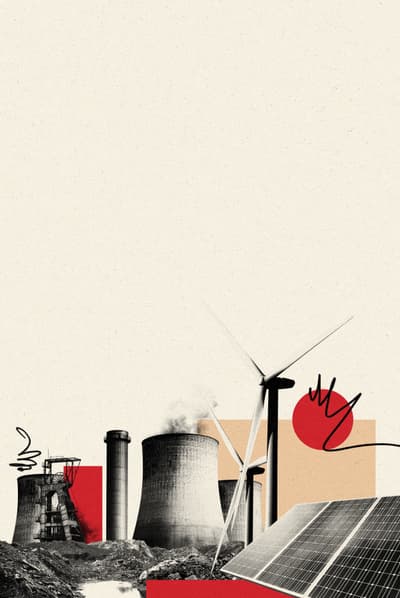Problem
Kenya’s energy sector faces challenges in transitioning to renewable energy while ensuring that local communities benefit from development. Large-scale projects often struggle to gain community acceptance, particularly when they are perceived to bypass local needs or harm the environment. In Kenya’s Kajiado County, where the Kipeto project is located, indigenous communities and local residents have historically been excluded from decision-making processes, leading to mistrust and potential conflicts over land and resource use. Additionally, the region’s unique biodiversity, including endangered bird species, requires careful environmental management to avoid negative impacts.
Response
The Kipeto Wind Power Project seeks to address these challenges by prioritising community engagement, economic development and environmental protection. Since the early stages of the project, the interests and concerns of the local community were sought out by project developers. Based on those consultations, over 900 jobs were reportedly created during construction, more than 500 of which were filled by local residents. Kipeto also reports constructing 84 new homes with solar panels and water tanks for over 600 people on whose lands the turbines are situated; families receive stipends for furnishing their homes and have ongoing lease payments, ensuring a reliable income stream while they continue traditional agricultural practices. The project also built critical infrastructure such as roads and water systems, and funds community benefit programs, including support for schools, healthcare, and local businesses. Environmental safeguards seek to be a cornerstone of the project, where Kipeto Energy has reportedly implemented measures to protect endangered bird species, including the use of radar technology to monitor bird movements and temporarily shut down turbines when necessary.
The Kipeto Wind Power Project is a cross-stakeholder venture. The wind farm is operated by Kipeto Energy PLC (KEP), owned by Crafskills and BTE Renewables (an Actis company). It has a 20 year power purchase agreement with Kenya’s national utility company, Kenya Power & Light Company (KPLC), and received funds from InfraCo Africa, The Nature Conservancy and the United States Development Finance Corporation. The project is providing 100 MW of renewable energy, making it Kenya’s second-largest wind farm.
Find out more: Infrahub.Africa; actis

